If you’ve been to India and someone asks you, “How was India?” it can be a confusing question. You might respond something like this, depending on the day.
“Amazing! Best place I’ve ever been!”
Or
“Dirty, smelly, gross, and an assault on your senses. I’ll never go back!”
Or
“I loved it and I hated it”
It’s all valid. India has so much to offer with so much history and diversity. In the west, we’re mostly used to 1 country speaking 1 or 2 different official languages. In India, each region is so different that there are 22 official languages with Hindi and English being the most widely spoken. Historical sites can date back 4000 years or more. With over 1.2 billion people, four times that of the US, packed into an area about one fourth the size of the US, you can imagine it gets a little crowded.
While traveling, I’ve found there were some countries like Thailand and Peru where the transportation, food, and accommodation options seemed to be evolving in ways familiar to western culture and tourism. Public buses were modern and clean, chain restaurants were common, and hostels and nice hotels weren’t hard to find. This made it easy, comfortable, and familiar for me to get around.
On the other hand, there were countries like Bolivia, China, and the most extreme case, India, where I felt completely immersed in the local culture, and the transportation, food, and accommodation options were not familiar. Buses could be very crowded, old, and dirty, “western food” like hamburgers and pizza were hard to find, and I sometimes had to stay in a places without clean, private bathrooms or hot water. While it was less comfortable and more effort for me to navigate some of these countries, I found it more culturally enriching to adapt to new ways of doing things. Though some things seemed negative at first, I started seeing some of the advantages. Not only was everything much cheaper, but public transportation reached more remote places, local food was still interesting and delicious, and I found I didn’t need a luxury room because I didn’t spend much time in it other than sleeping.
Back to the question, “how was India”. Though I had some difficulties at first, I truly enjoyed India. I got to see ancient relics thousands of years old, a beautiful mountain tea plantation, explore iconic sites like the Taj Mahal, and learn a lot about the history and culture of India. Day to day, it could be get quite tough. It took time and effort to figure out the right busses to take, find decent accommodations, negotiate relentlessly every time I wanted buy anything, adapt to intense smog, trash on the streets and in parks, and public urination. When things were difficult, however, I could always rely on ubiquitous 10 cent masala chais (spiced chai tea brewed in milk), $1-$5 absolutely delicious meals, cute cows roaming freely on the streets, and the amazing, unexpected kindness, hospitality, and help that locals offered me, especially among the friends that I visited (Thank you Shalabh, Jay, Amal, Suchita, and Richa!) to keep me sane and happy.
My first stop in India was Kolkata (formerly Calcutta) in eastern India, a short, cheap flight from Bangkok on a budget airline. When I arrived in the airport, I walked out of the airport before flagging a cab to ensure I don’t have to pay the airport taxi fee. After entering an awesome old Hindustan Ambassador taxi (see pic) and asking to get to Sudder Street to find a hotel, I was happy to hear a response in English. From talking to many people, I had expected Kolkata to be extremely dirty. While there was more trash and grey smog on the ride than other cities I had been to, I expected worse.
I walked up and down Sudder Street looking for accommodations. The first thing I usually do in a new country is find a hostel where I can meet other travelers and talk with the staff to figure out the best things to do in the city and country based on my interests. Here, however, there weren’t any traditional hostels, just private rooms. The rooms ranged from 250 rupees ($4 US), which got you the most basic roach infested questionable bedroom without a lock, to 2000 rupees ($30 US), which got you a nice hotel style room. Since it was my first day in India, I settled on 500 rupees ($8 US) for a clean dorm hybrid-style room. There was a large room with dividers and a bed and TV in each lockable “cubicle”, more privacy than I usually got in hostels. I was happy to have a decent room to relax after a long day of traveling, but I felt uneasy and a little out of my comfort zone without a hostel. I eased this stress by ordering “room service” curry, garlic naan, and mango lassi, a common Indian yogurt drink – yummmm. The food was delicious.
The next day I ventured to the beautiful Indian Museum and then through the Maidan park to the Victoria Memorial. At the Indian museum, I met some young students who, with my sunglasses, thought I was a movie star and enthusiastically talked with me. I was happy to talk with them because I hadn’t met anyone yet. You can tell by the kid in the lower right of the picture that they had a sense of humor.
After the museum as I walked through the Maidan, I had a chance to really see the trash in Kolkata. The park was a huge open field where you could really see the intensity of the city smog without a hint of blue in the sky. The whole field was littered with trash which didn’t stop people from walking around, lying on the ground, and playing sports in the park.
This dirty park had a stark contrast to the closed gates of the beautiful, manicured, pristine Victoria Memorial (see the first picture above). Entrance to the grounds and museum was 20 rupees for locals ($0.30) and 150 rupees for foreigners ($2.40). The Victoria Memorial was very pretty and relaxing to walk around. I even took a nap in the grass under a tree. Inside were paintings of Indian rulers, particularly in Kolkata, and their history. The next morning, I walked around some of the local outdoor markets before heading to the airport for my flight to the south Indian city of Bangalore, one of the IT hotspots of India.
In Bangalore, I stayed with my friend and ex-coworker, Shalabh, and his roommate Jay. The first evening, we ventured to UB City, a very upscale shopping center with all of the top fashion brands like Versace, Luis Vuitton, Armani, etc. We grabbed a few drinks at a trendy bar before heading to a nice vegetarian Rajasthani thali restaurant. The food was incredible. You were given a very large platter with 10 bowls. Waiters would come around with freshly made vegetarian curries, sauces, chutneys, and yogurt, filling the bowls as many times as you wanted. The meal was also served with endless roti, samosas, and sweets. Absolutely delicious. If I ever became vegetarian, I’d have to move to India. When the check came, Shalabh refused to let me pay, even after a small argument. With a full stomach and feelings of satiation and relaxation, I gave in, saying I’d pick up the next bill.
The next couple days, I toured around on my own. My first stop was Bangalore Palace. It was beautiful on the outside, but after asking a guy from San Francisco who had just come out if it was worth paying to go inside, I decided not to. Instead, we tried to become extras in an Indian movie being shot at the palace, but failed. I learned that the guy from San Francisco, Mark, was a masseur, physical therapist, and yoga instructor, and we began having interesting philosophical conversations about life. We decided to explore the city together in an auto rickshaw. Auto rickshaws (autorick for short) are taxis that are motorcycles attached at the back with a rickshaw where customers can sit. They are a very common form of transportation throughout India.
Mark and I walked through several nice, but polluted parks before going to see the Shiv Mandir, a ridiculously commercialized Shiva Temple and “spiritual” experience. We were faced with two options, the “special entry” for 50 rupees ($0.80), or the “Enjoy 10 spiritual activities with Special Entry” for 150 rupees ($2.40). In a situation like this, we had only one choice. Our 10 activities included putting coins in buckets, walking through misty caves past the giant statue of the Hindu God Ganesha, burning incense, and finally arriving at the towering Shiva Statue. While I have a high respect for all religious traditions and don’t like bashing them, this experience was over the top and resembled a kid’s amusement park more than a religious experience.
That evening, I had another great vegetarian dinner with Shalabh. From spicy, rich curries enhanced by salty or sweet chutneys, eaten with long grain basmati rice or flavorful Indian breads, cooled by tangy cucumber cilantro yogurt, and washed down with spiced chai tea or a fruit lassi, the flavor combinations were intensely delectable. So great that I’ve left India craving the food ever since. At the end of the meal this time, I was ready to pay with my wallet in hand. Shalabh, however, snatched the check and refused to let me pay. This argument was longer and stronger, as I was ready for the “fight” this time. Alas, I was not match for Shalabh. Though I consider myself a better-than-average arguer/debater, I could never win against a native Indian. Shalabh was a great host and made sure I enjoyed my time in Bangalore.
The next day, I was off to take a bus to Mysore, a stop on my way to the southwestern state of Kerala. Though I had booked my bus through Redbus.in (a very good booking site for India), I still had to make it to the bus station. I did my usual online research, but only found ambiguous directions. Since I was set on taking local buses instead of autoricks, Shalabh did his best to explain which buses to take and where, but nothing seems straightforward in India for a foreigner. I made my way on two buses to a local terminal, and then on a final bus before reaching one of the long-distance bus stations. I asked as many people as I could along the way to make sure I was on the right track. Fortunately, I made it to the right place and was on my way!
In the next post, I’ll talk about my adventures bribing a guard in Mysore, boating through the Kochi backwaters, renting a motorcycle up in the beautiful tea plantations of Munnar, seeing some friends in Mumbai and Pune, and then taking a road trip to 2000 year old ruins and a giant crater.
Have you ever wanted to go to India? What have you heard about it? Leave a comment at the bottom of the page here.
{ 6 comments }
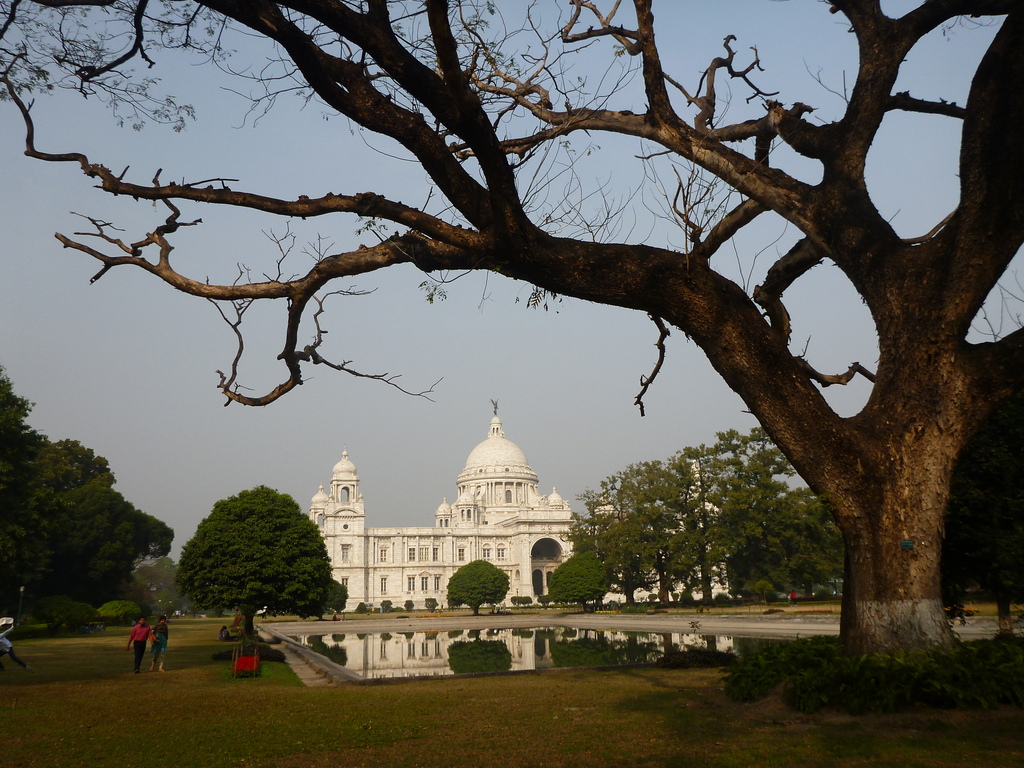
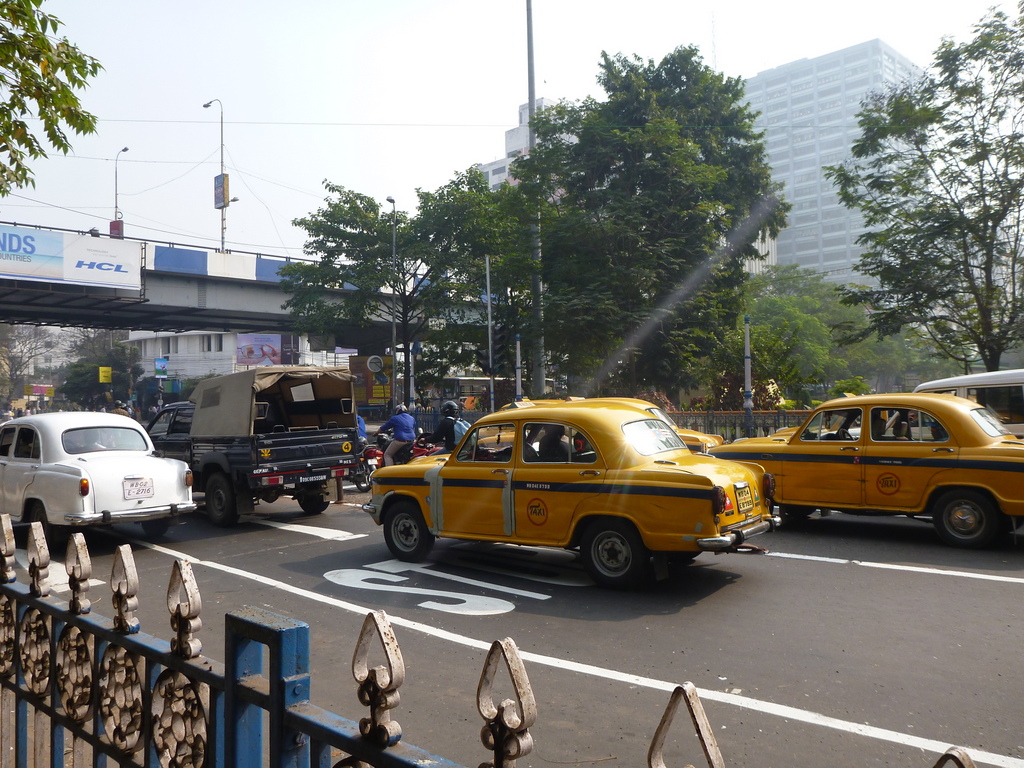
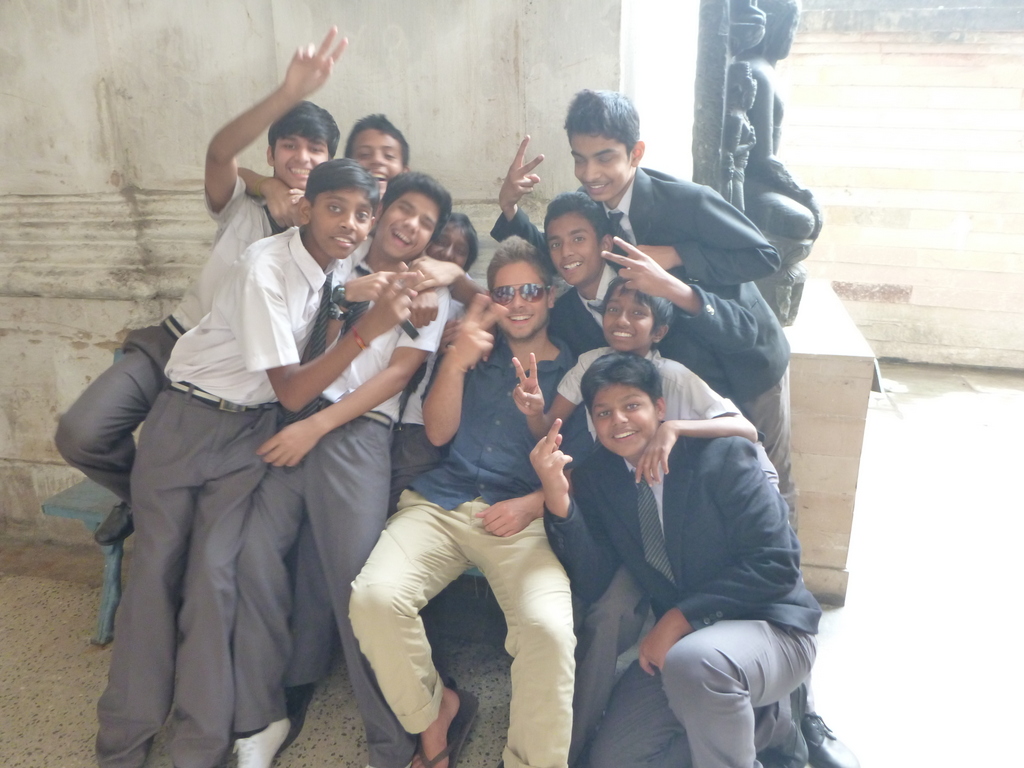
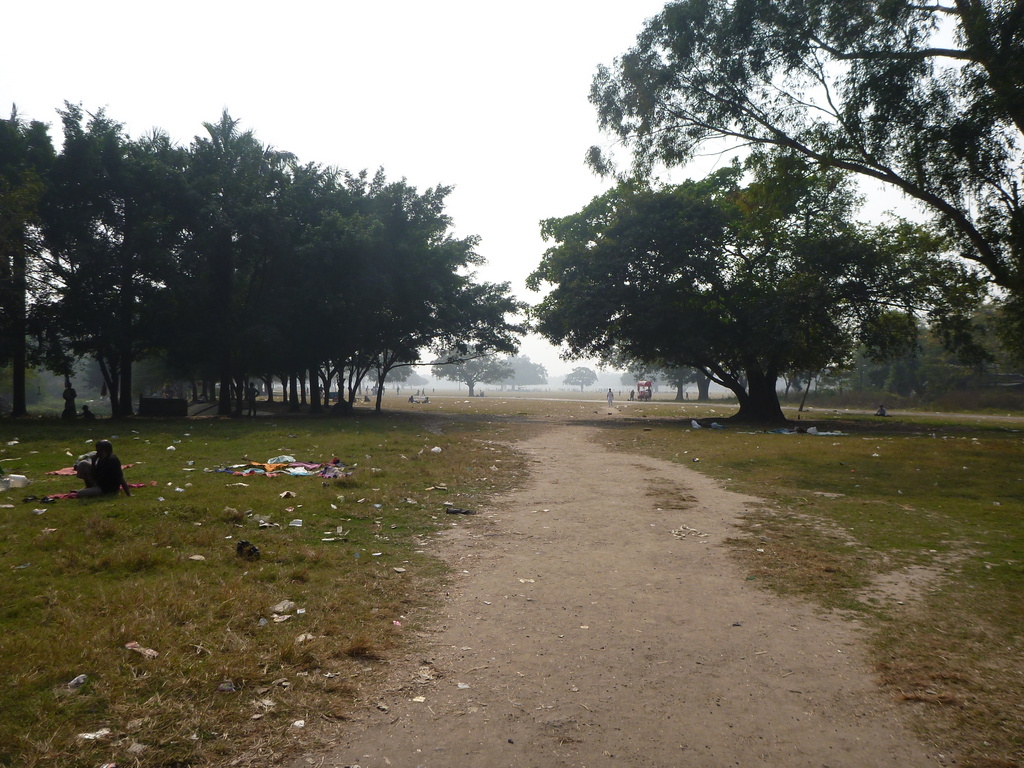

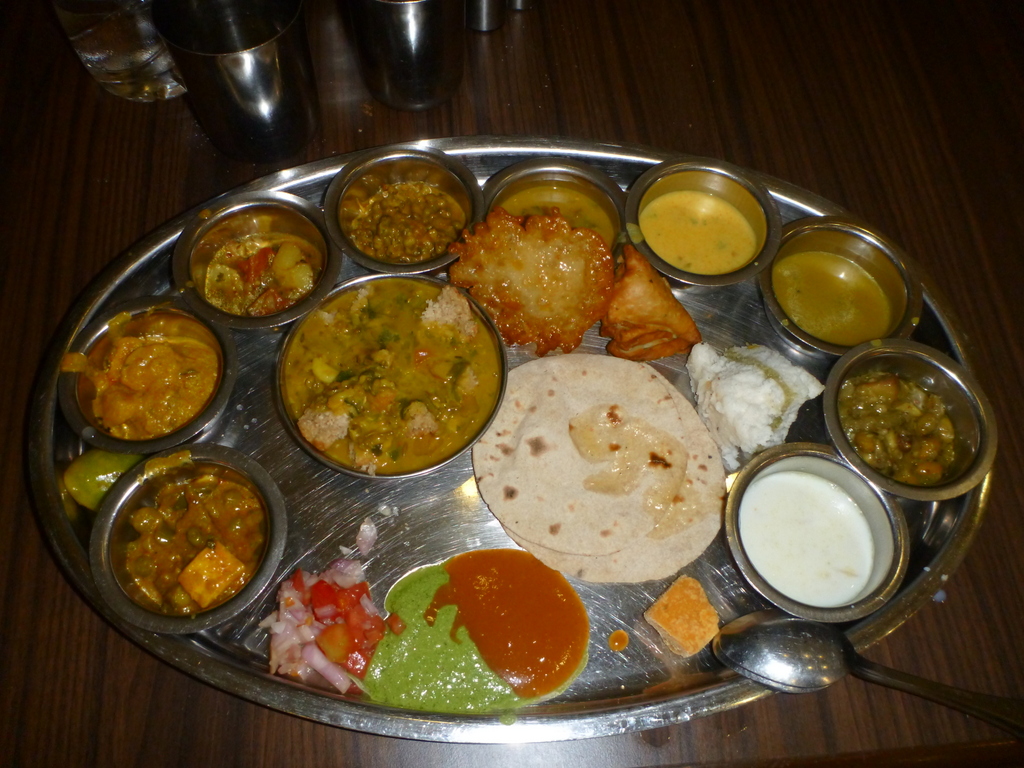
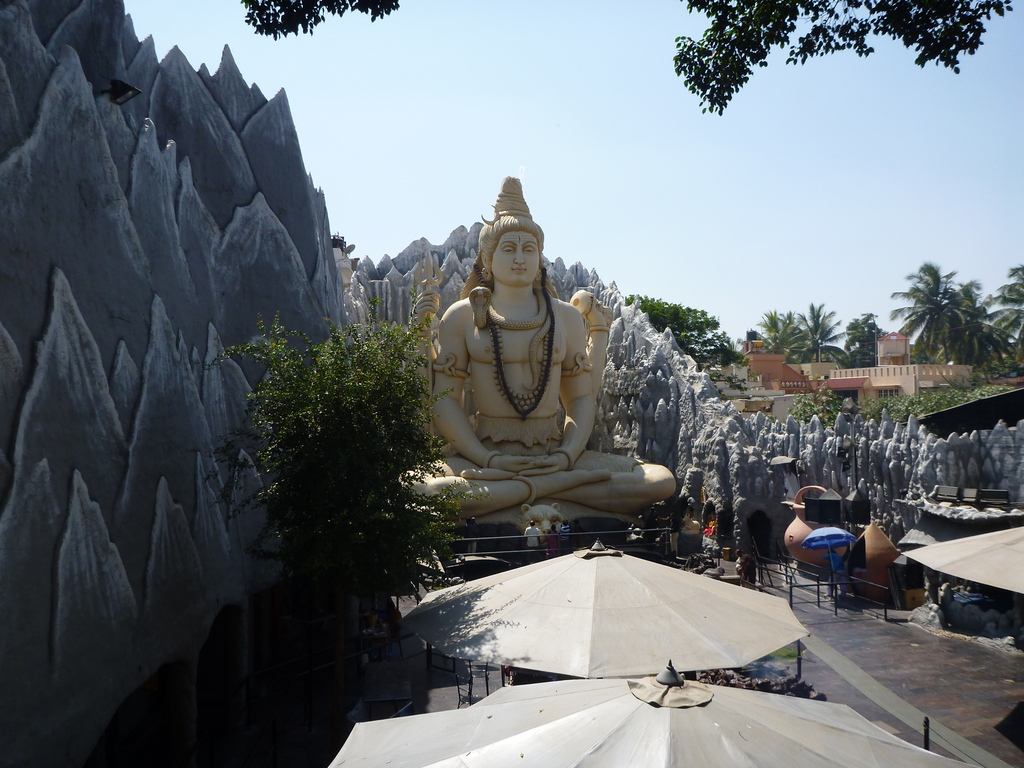
 I'm a travel junkie with an IT background. I backpacked around the world for 14 months creating adventures and learning. On this blog, you'll find stories and money saving travel tips that will help you make your travel dream a reality. Enjoy! Feel free to visit my social networking profiles below or my
I'm a travel junkie with an IT background. I backpacked around the world for 14 months creating adventures and learning. On this blog, you'll find stories and money saving travel tips that will help you make your travel dream a reality. Enjoy! Feel free to visit my social networking profiles below or my 


